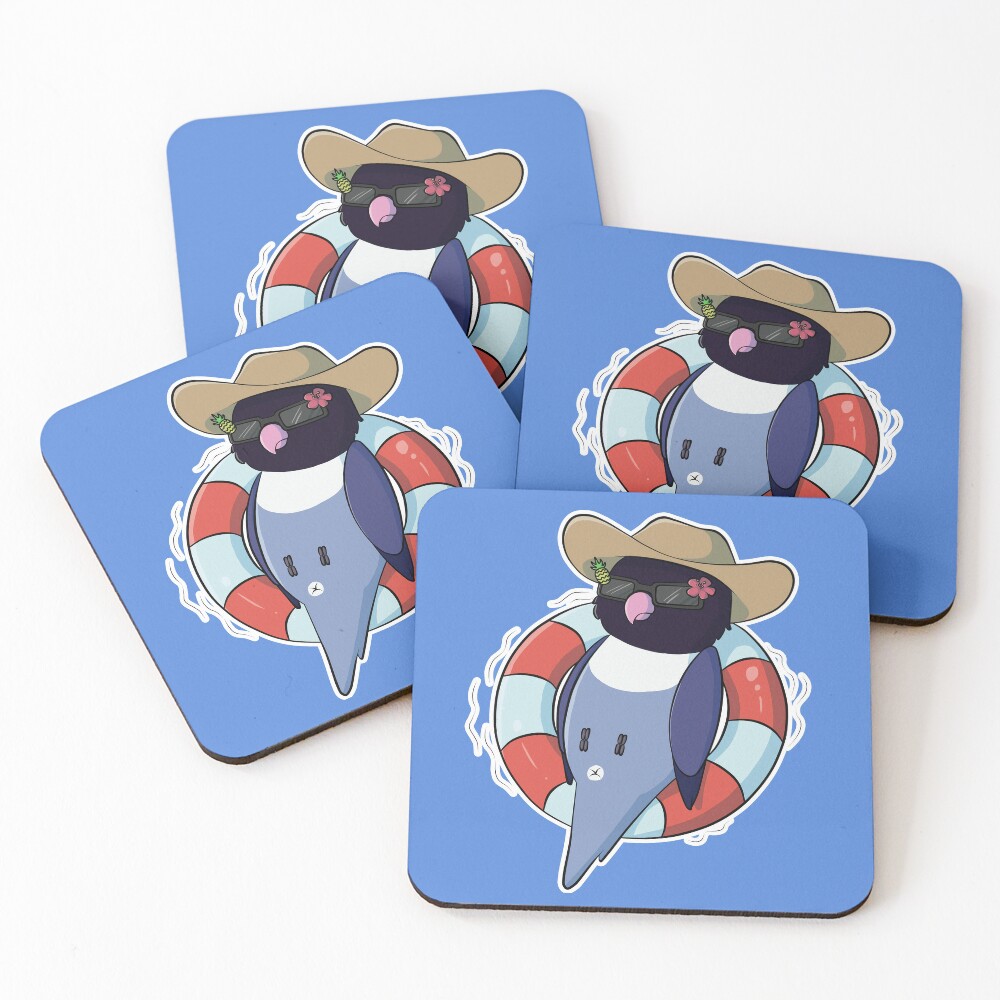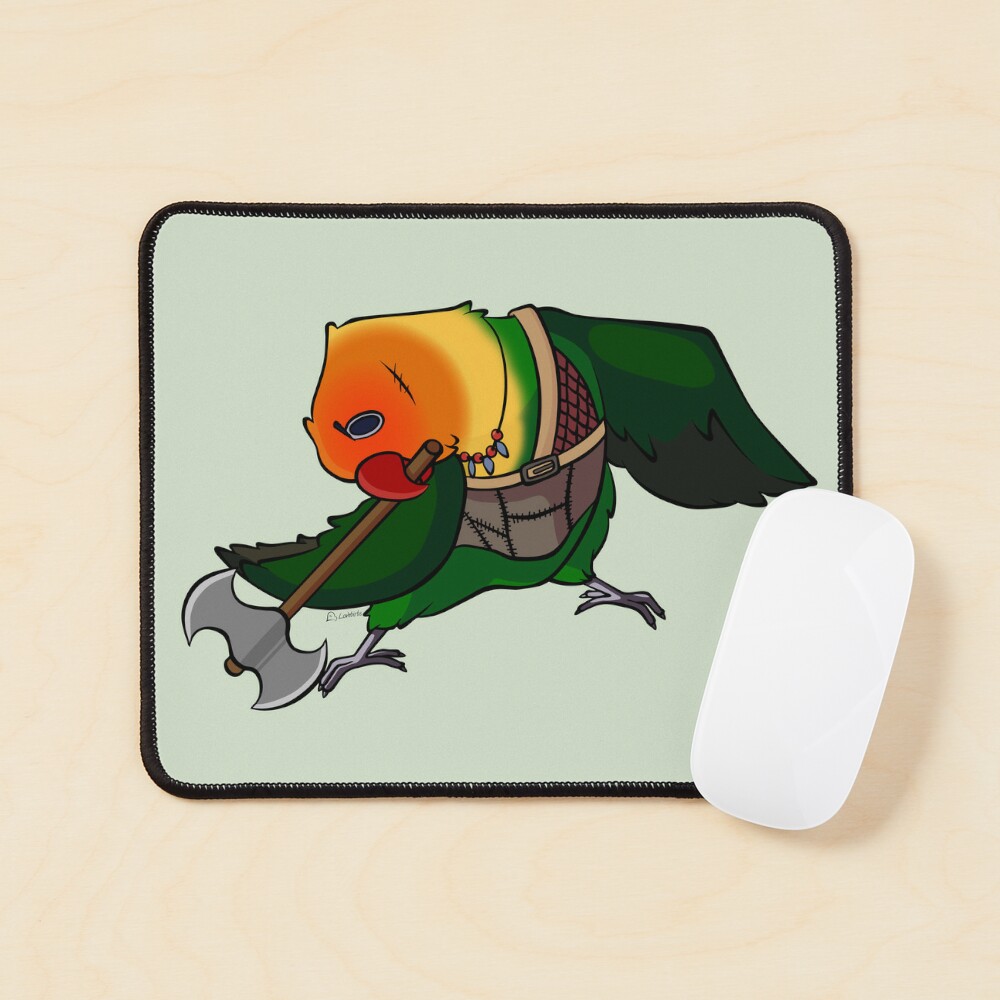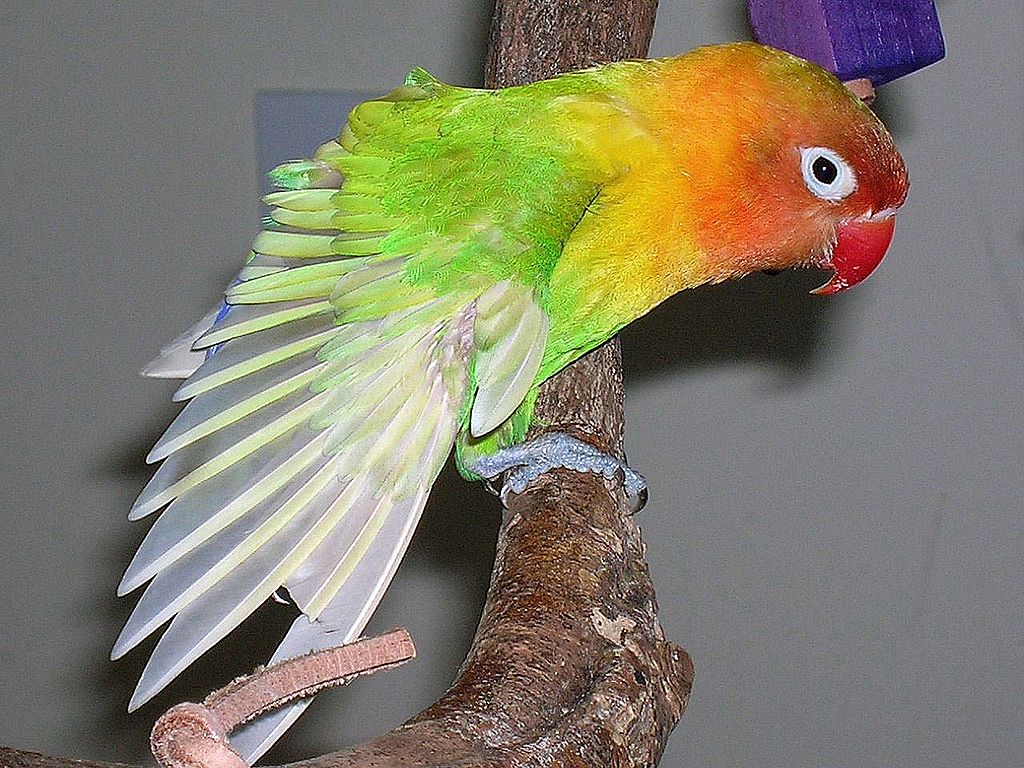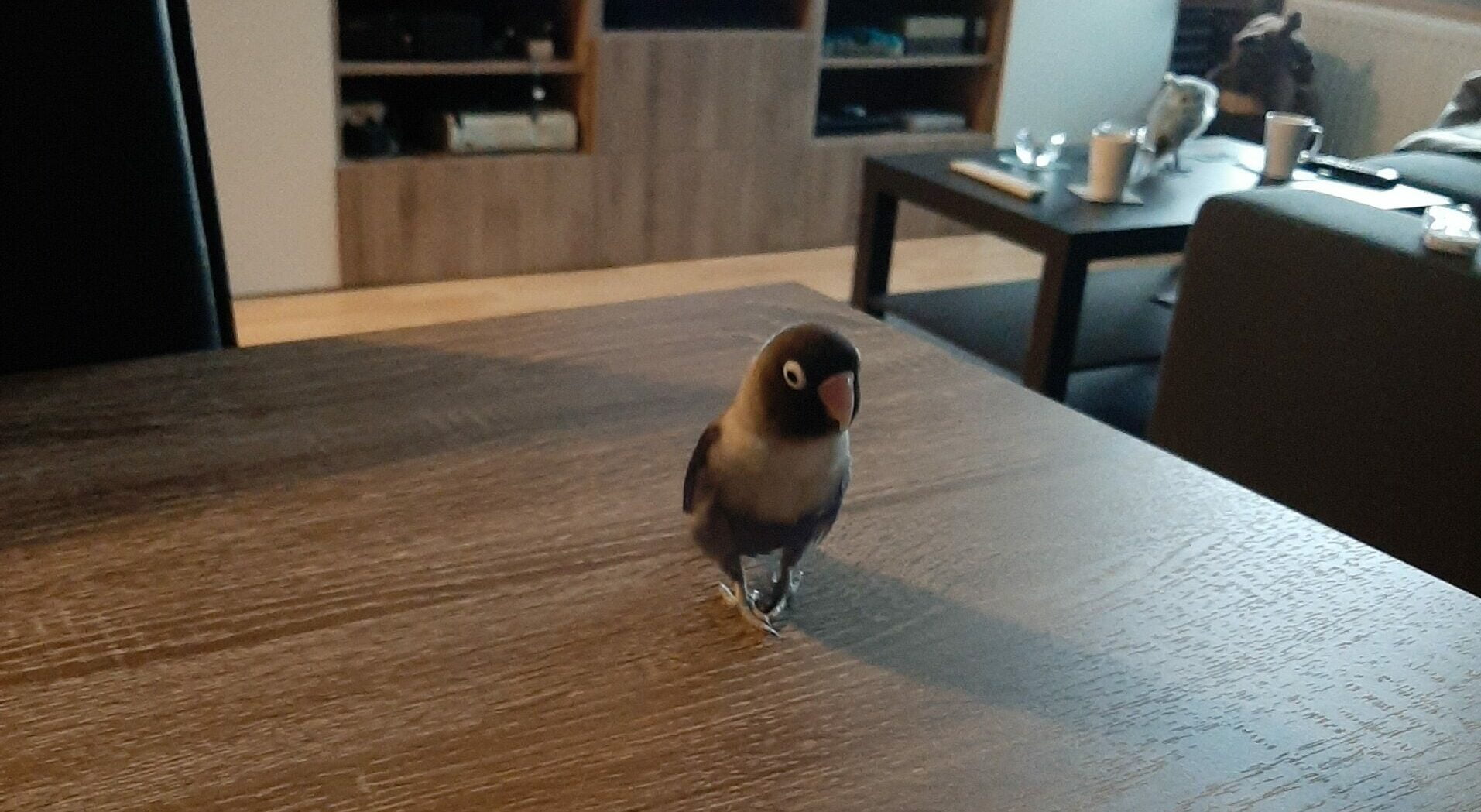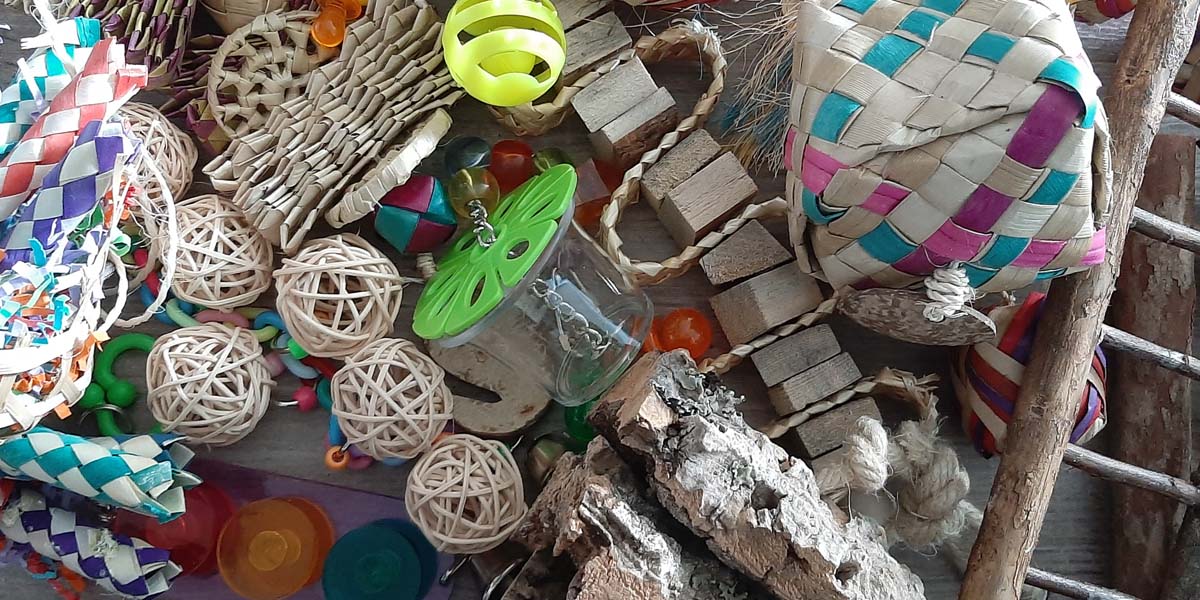Hormonal lovebird - What are the triggers?
Twice a year is mating season for lovebirds, there are several things that trigger your lovebird’s hormones during these periods. Be it light, the food they eat or how you pet them. In this blog post I will go into detail about recognizing these triggers for hormonal behavior.
How the day and night cycle triggers hormonal behavior
Wild birds lay eggs in spring, because the days are getting longer.
In spring exposure to excess light triggers hormonal behavior in birds.
When your lovebird is exposed to a lot of light in a day, its hormonal profile will be altered. There is no difference between daylight and artificial light when it comes to activating their hormones.
Stroking, petting and cuddling
You should only stroke or pet your lovebird on the neck, head and feet. If you are petting, rubbing or stroking it anywhere else, you’ll sexually frustrate your bird, especially during mating season.
Being able to touch your bird is good but petting or stroking in the sexual associated places will increase its hormone production. You are implying to your bird you want to mate with it.
Bobbing your head
Do you like to dance, with or without your bird? Just make sure not to bob your head while doing so especially when you lovebird is hormonal.
Lovebirds see head bobbing as you regurgitating food. They regurgitate food to show their mates their amazing ability to feed babies. If you head bob, you might trigger a hormonal response in your lovebird.
The influence of food on the hormones of your lovebird
There are a few ways food can influence your lovebird’s hormone levels. The first one is warmed up or mushy food. To your lovebird this is the same as offering them regurgitated food. They will often associate this with a mate offering them food.
Another way is the specific food you give. A good diet for your bird is an enriched diet however this can signal that there is an abundance of variety and nutritious food available something normally associated with spring, therefore breeding season.
Examples of food that can trigger this behavior are things like, pellets, sugary, fatty (seeds) or high in protein food.
This does differ per individual bird.
Nest options
Having suitable nesting material in your lovebird’s cage will trigger hormones in your lovebird. Paper, shredded toys or a toilet paper roll for example are all items that your bird will use to build a nest.
While a bird will nest anywhere, dark shadowy corners or boxes are ideal.
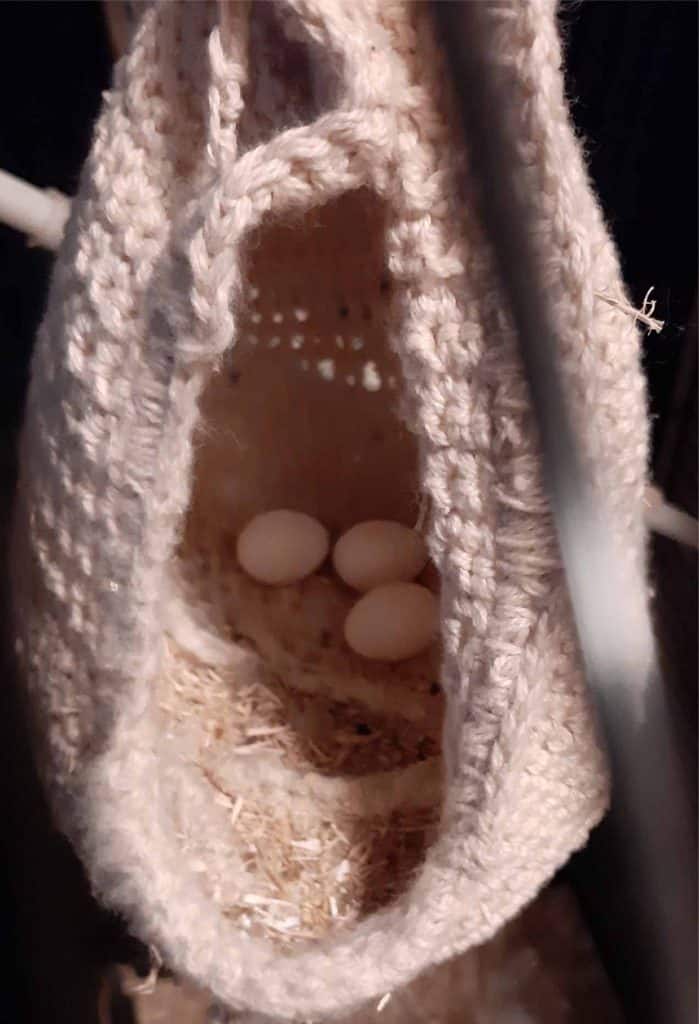
Hormonal trigger caused by mirror toys
If your lovebird is alone in its cage and it has a mirror, it may see its reflection as another bird. This could end up as your lovebird seeing its reflection as a potential mate. With a mate ‘available’ you can trigger hormonal behavior.
